Rescue the Cannon
Luck and Low Tide Led to a Memorable Discovery at Goleta Beach

A memorable event occurred in the annals of Santa Barbara County and Goleta history in January 1981. Due to a high tide and unusual currents, sand was removed down to the bedrock oil-bearing shale east of the Santa Barbara County Goleta Beach parking lot, where normally this area is covered by 10-20 feet of sand.
As fortune would have it, Nolan Harter, an observant UCSB student and avid beach jogger, was passing by at low tide and noticed a number of encrusted objects attached to the bedrock, which looked like cannons to him. He realized that this might be a significant find and, although it was a weekend, he immediately called for help at UCSB and the Goleta and Santa Barbara historical societies. At high tide, the beach was covered by five to eight feet of water and the sand was beginning to drift back to cover the unusual objects. It was imperative that the encrusted objects be removed within a few hours, or they might be lost. Slowly, help began to arrive to rescue the strange-looking objects.
After close inspection, the rescuers concluded that the objects were probably cannons. They were located below the KTMS Towers on the beach about two miles from the parking lot and were fused to the bedrock. There were five cannons, which weighed about 800 pounds each. After breaking them loose from the shale, each cannon was carried by a group of volunteers over slippery bedrock to trucks in the parking lot. The outflow channel from the Goleta Slough and Santa Barbara Airport had to be forded in chest-high water, making each trip even more arduous.
After a short storage period in a closet at the UCSB Anthropology Department, the five canons were stored in five water baths that were constructed at the Public Works bunker located behind the Police Station. Iron cannons that have been in seawater for long periods must be stored under water when removed from the ocean to slow the process of exfoliation — something akin to a skin cancer for iron objects.
The cannons were deeded to the county by the Southern California Gas Company, on whose property they were located. ARCO donated $10,000 for a restoration program and the county donated about $5,000. UCSB donated facilities, personnel, and funds, and the Goleta Valley Historical Society promoted a technical program of restoration using methods developed at the Institute of Underwater Archeology Laboratory at Texas A&M University in College Station, Texas.
The cannon restoration program captured the imagination of the Santa Barbara community, and many donated time and expertise for a period of up to eight years to restore the five iron cannons to almost original condition. The County instituted a unique “Cannon Committee” to oversee the work and the disposition of the cannons.
Cannons are just dead weights without carriages, so five carriages were designed and constructed by the Goleta Valley Historical Society Men’s Auxiliary using a pattern published in England in 1780. When installed on the carriages for the first time, the cannons fit like fine boots with only minor adjustments. Each carriage contained 12 wooden parts and 20 hand-wrought iron parts all made at the Society’s Blacksmith Shop.

After the cleaning process was completed, the cannons were measured and any markings recorded. It appears that the cannons are English in design and cast sometime between 1760 and 1780. One cannon had the date 1776 stamped on the end of its trunnion. All the cannons appear to fire a four- or six-pound iron ball. Corrosion had distorted the bores, so it was difficult to determine the exact bore diameter.
The cannons were found in the same area where a number of shipwrecks occurred during the sailing days. In particular, the Dorotea was known to have been shipwrecked in 1829 at the location where the cannons were found.
The cannons were stored in a tomb of sand for 150 years before being found by an observant beach walker. They are unique to the West Coast in that they are the only indigenous cannons found in a sea environment and associated with our maritime history that have been recovered and restored in California. Nature opened a very narrow window for their recovery.
The five cannons were displayed at the Santa Barbara County Courthouse for months before being delivered to the Goleta Historical Society, where they were displayed in a maritime setting created there by the Men’s Auxiliary, which was the first Maritime Museum on the Central Coast (the Sexton Maritime Museum) and was built for this purpose. The five cannons were on display at the Sexton Maritime Museum for about 20 years, until the museum was closed to be transformed into a history education center that encompasses a broader view of Goleta’s history, At that time, two cannons were placed on loan to the Santa Barbara Maritime Museum, and two were placed on loan to the Trust for Historic Preservation by the Goleta Valley Historical Society, according to Elise Goodell, archivist for the Goleta Valley Historical Society.
The Sexton Maritime Museum has since been transformed into the Rancho La Patera History Education Center, where the remaining cannon will soon be on display once again, said Goodell.
Recent research into cannon history suggests that the cannon with the date of 1776 or 1778, which is now at the Santa Barbara Maritime Museum, was one of the dozens cast at the Warwick Furnace in Knauertown, Pennsylvania, for General George Washington and the Continental Army. One, with the exact same pattern, is located at the Washington National Headquarters Museum in Morristown, New Jersey.
More information on the background and pedigrees of the cannons can be found in historian Justin M. Ruhge’s book Gunpowder and Canvas, copies of which are at local libraries. Sir Francis Drake in Central California — 1579, also by Ruhge, provides additional background about the story of how the cannon got on the beach.
Editor’s Note: This story has been updated to reflect information provided by the Goleta Valley Historical Society about the recent history of the canons.
Premier Events
Thu, Nov 28
12:00 PM
Santa Barbara
Thanksgiving Dinner at The Harbor Restaurant
Fri, Nov 22
11:00 AM
Santa Barbara
Santa Barbara Antique & Vintage Show & Sale
Fri, Nov 22
6:00 PM
Santa Barbara
Introduction to Crochet Workshop
Fri, Nov 22
7:30 PM
Carpinteria
Rod Stewart VS. Rolling Stones Tribute Show
Fri, Nov 22
9:00 PM
Santa Barbara
Numbskull Presents: Jakob’s Castle
Sat, Nov 23
11:00 AM
Santa Barbara
Santa Barbara Antique & Vintage Show & Sale
Sat, Nov 23
12:00 PM
Santa Barbara
Fall 2024 Healing Arts Faire
Sat, Nov 23
7:30 PM
Santa Barbara
SBCC Theatre Arts Department presents “Mrs. Bob Cratchit’s Wild Christmas Binge”
Sun, Nov 24
11:00 AM
Santa Barbara
Santa Barbara Antique & Vintage Show & Sale
Sun, Nov 24
6:00 PM
Santa Barbara
¡Viva el Arte de Santa Bárbara! Mariachi Garibaldi de Jaime Cuellar
Sun, Dec 01
5:00 PM
Santa Barbara
Paseo Nuevo Tree Lighting Ceremony
Thu, Nov 28 12:00 PM
Santa Barbara
Thanksgiving Dinner at The Harbor Restaurant
Fri, Nov 22 11:00 AM
Santa Barbara
Santa Barbara Antique & Vintage Show & Sale
Fri, Nov 22 6:00 PM
Santa Barbara
Introduction to Crochet Workshop
Fri, Nov 22 7:30 PM
Carpinteria
Rod Stewart VS. Rolling Stones Tribute Show
Fri, Nov 22 9:00 PM
Santa Barbara
Numbskull Presents: Jakob’s Castle
Sat, Nov 23 11:00 AM
Santa Barbara
Santa Barbara Antique & Vintage Show & Sale
Sat, Nov 23 12:00 PM
Santa Barbara
Fall 2024 Healing Arts Faire
Sat, Nov 23 7:30 PM
Santa Barbara
SBCC Theatre Arts Department presents “Mrs. Bob Cratchit’s Wild Christmas Binge”
Sun, Nov 24 11:00 AM
Santa Barbara
Santa Barbara Antique & Vintage Show & Sale
Sun, Nov 24 6:00 PM
Santa Barbara
¡Viva el Arte de Santa Bárbara! Mariachi Garibaldi de Jaime Cuellar
Sun, Dec 01 5:00 PM
Santa Barbara




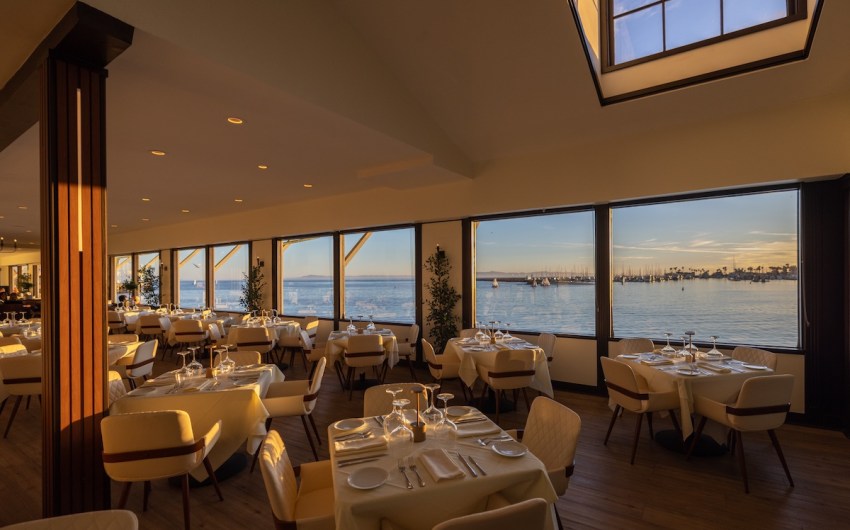

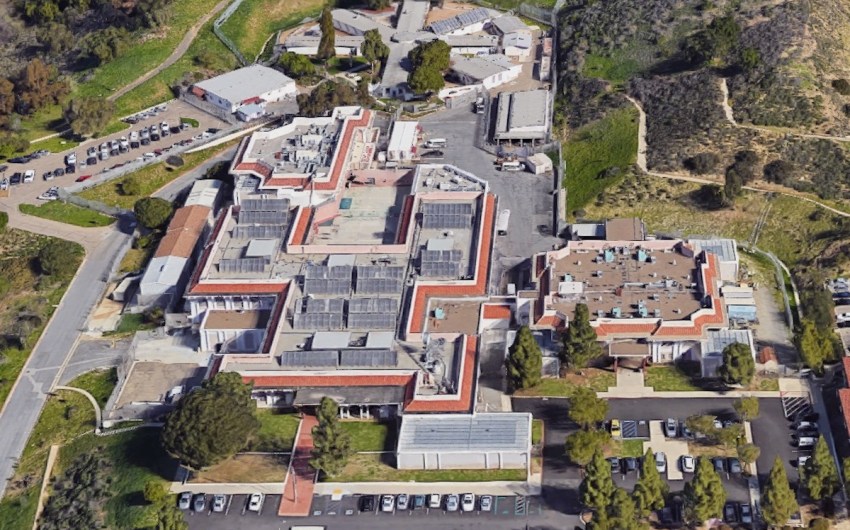
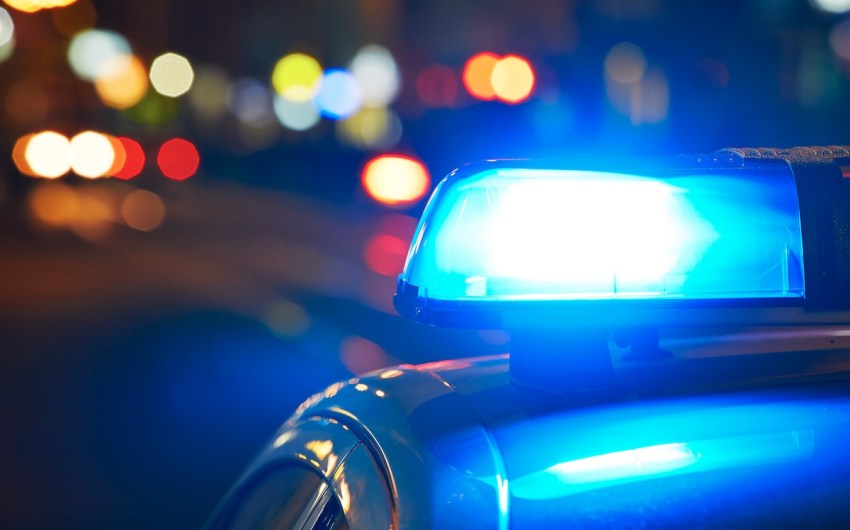
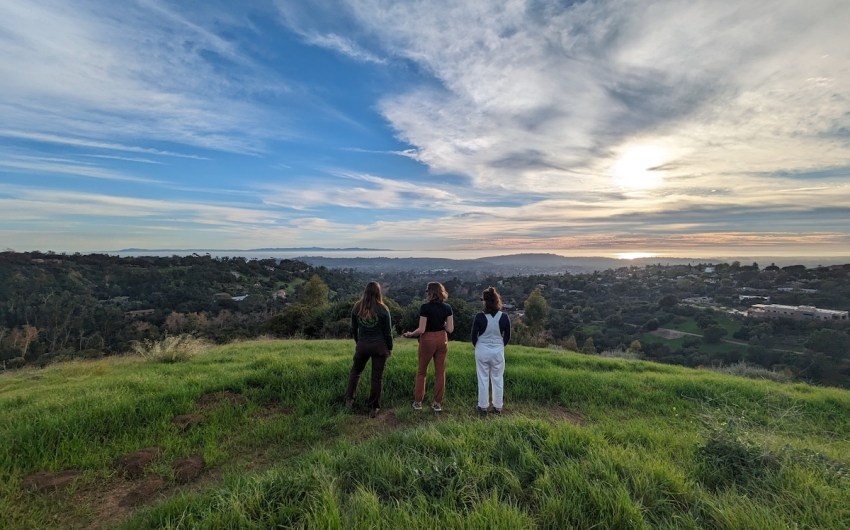

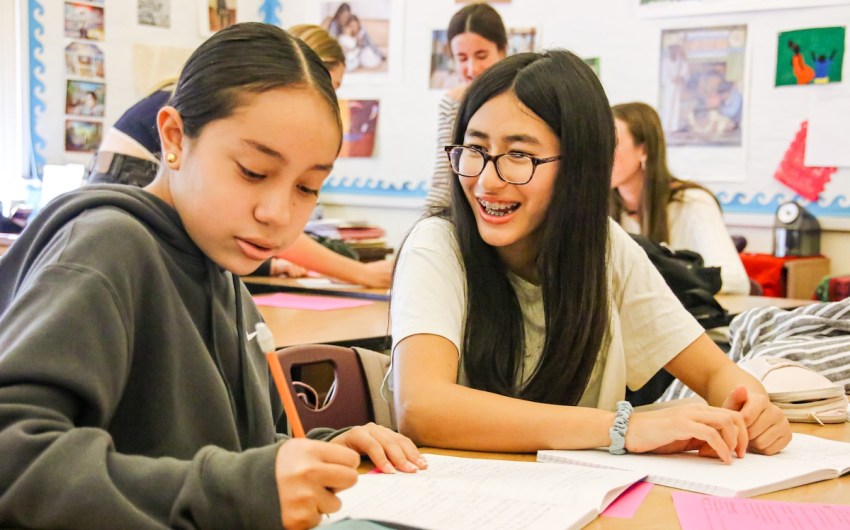
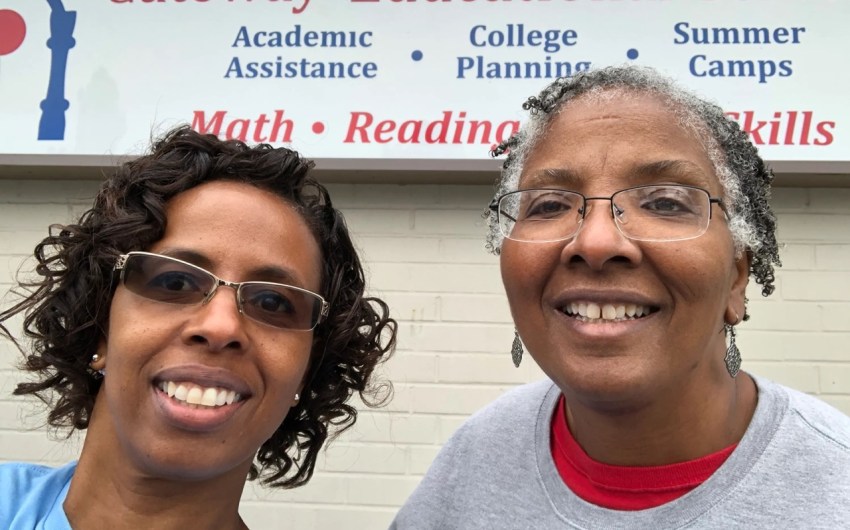











You must be logged in to post a comment.